
1. Diving Sector Could Hold the Key to Advancing UN Sustainable Development Goals
A new review paper by the Scripps Institution of Oceanography at UC San Diego highlights the untapped potential of the diving community in advancing global marine conservation efforts. Led by researchers in the Aburto Lab at Scripps Oceanography, the review emphasizes that the diving sector — which includes tourism, scientific research, and instruction — is uniquely poised to promote a sustainable and equitable ocean economy, also known as the “blue economy.”
It also highlights the sector’s potential to further the United Nations Sustainable Development Goals, or SDGs, which are a universal call to action to promote prosperity while protecting the planet. “Whether they are scuba divers, freedivers, or snorkelers, we think the diving community and broader diving industry hold tremendous potential to make a meaningful impact in conservation and sustainability,” said lead author Matthew Forrest, an alumnus of Scripps Oceanography’s Center for Marine Biodiversity and Conservation.
Thank you for your generous gift that will help us continue the production of this weekly, free publication
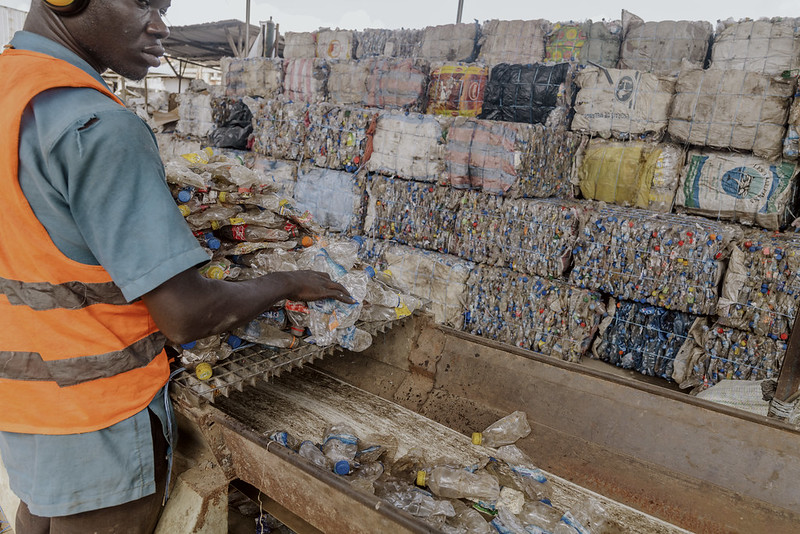
2. Global Efforts Show Progress on Plastic Pollution Is Possible – but World Remains Off Track
The biggest global voluntary effort to tackle plastic pollution and waste shows it is possible to make progress on a pressing environmental issue, yet tougher measures are needed to curb the crisis. Since 2018, more than 1,000 organisations have given their backing to the Global Commitment, led by the Foundation in partnership with the UN Environment Programme, to stop plastic packaging from becoming waste.
Over the past five years, business signatories – representing 20% of the world’s plastic packaging industry – have significantly outperformed their peers when it comes to taking positive action to tackle plastic waste. To bring about global change, industry leaders have hurdles to overcome around the scaling of reuse business models; tackling flexible packaging waste and pollution, particularly in countries with the highest plastics leakage rates; and establishing infrastructure for collection, reuse, and recycling, supported by Extended Producer Responsibility policies.
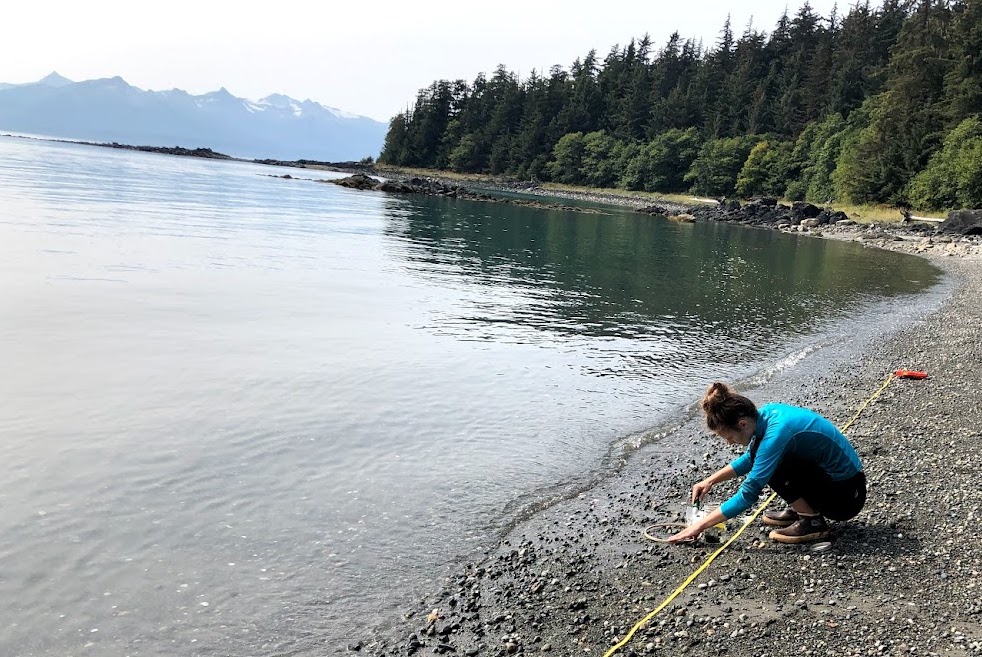
3. How Microplastics Accumulate in the Rain of Southeast Alaska
“We found microplastics in every single rain sample (gathered in Juneau),” Sonia Nagorski, a professor at the University of Alaska Southeast in Juneau told a group of people listening to her talk at the American Geophysical Union Fall Meeting in New Orleans two winters ago.
Read the article to see how she addresses: What inspired you to do this study? What is a microplastic? How does a Clorox bottle or a scrap of plastic wrap become a microplastic particle? How did microplastics get everywhere on Earth, even Alaska? Where did most of the Juneau microplastics come from? Despite Juneau’s extreme amounts of rain, ALL your samples had microplastics? Why wouldn’t they get washed out? Are there microorganisms that eat microplastics?
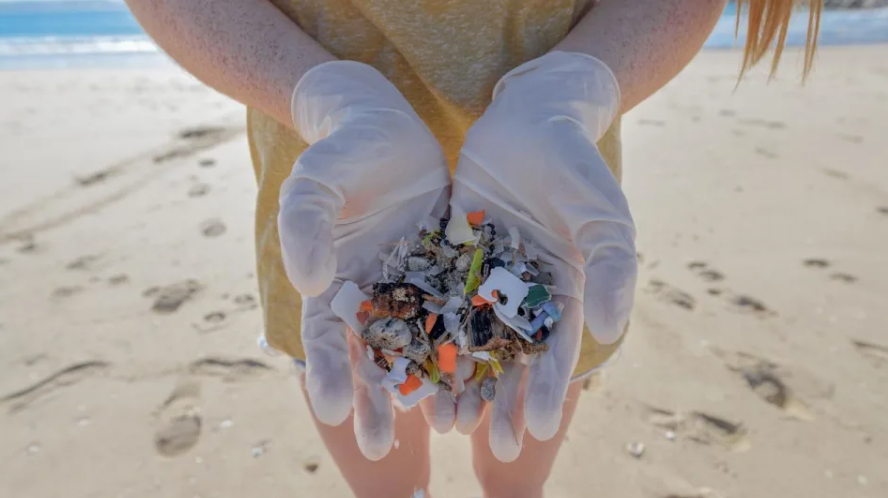
4. New Items on Plastics Ban Chopping Block – Australia
The state government is seeking feedback on the next steps to prevent 800,000 tonnes of plastic waste from causing harm to the environment and human health. Just 12 percent of the plastic waste generated in the state is recycled, Items included for review in the discussion paper include single-use plastic dinnerware and food containers, heavyweight shopping bags, and produce bags.
The government has proposed phasing out stickers on fruit, ‘pizza savers’ – the plastic stand designed to keep box lids from pressing onto a pizza – and plastic single-serve condiment packages of less than 50ml. NSW Environment Minister Penny Sharpe sounded the alarm on just how widespread the issue was. “By 2050 there may be more plastic than fish by weight in the world’s oceans. Plastic has become so widespread that we are constantly eating, drinking, and breathing it in,” she said.
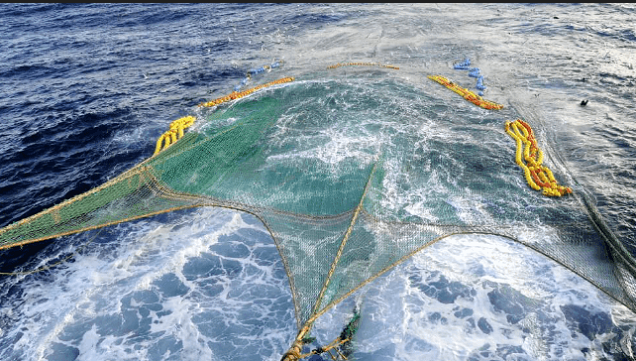
5. Antarctic Commission Falls Short of Expectations on Protected Areas
The Commission for the Conservation of Antarctic Marine Living Resources (CCAMLR) concluded its 42nd annual meeting in Australia, amid criticism of its failure to reach a resolution for additional protected areas in the Antarctic Ocean. There was an expectation that the meeting, which ran for two weeks, would resolve the current stalemate on conservation of the Antarctic region. For almost a decade, the CCAMLR has reaffirmed its commitment to put most of the Southern Ocean under protection.
However, during this period the agency has only managed to implement two high-seas MPAs – the South Orkney Islands southern shelf and the Ross Sea region. Covering over two million square kilometers, the Ross Sea is now considered the world’s largest MPA (Marine Protected Area). Three new MPAs have been proposed in the Antarctic Peninsula, Weddel Sea, and East Antarctica, but CCAMLR members postponed the decision to 2024.
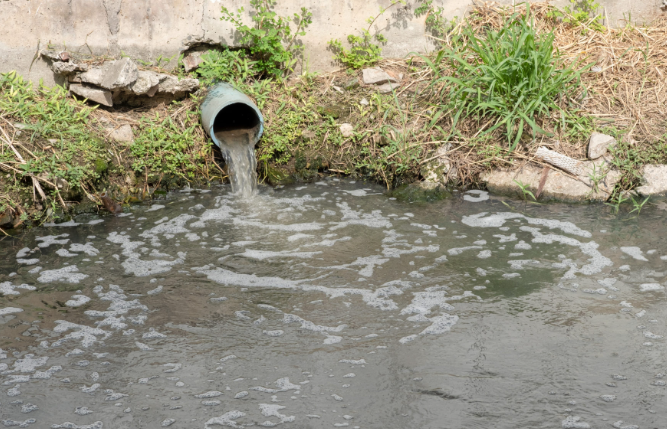
6. Nauseating’: Illegal Sewage Spills Polluted Protected Waters, Data Suggests
Scottish Water illegally discharged sewage hundreds of times during dry weather, soiling beauty spots such as West Sands beach at St Andrews where the Oscar-winning film Chariots of Fire was filmed, an analysis by The Ferret suggests. The investigation uncovered 2,300 ‘dry spilling’ incidents from Scottish sewers in the past five years. These spills meant wet wipes and human waste overflowed into rivers and onto beaches, even when the system was not under abnormal stress.
Scottish Water questioned The Ferret’s analysis, however, and said it does not accept that these were “dry weather discharges”. The firm also said it has invested £2.7bn in improving and maintaining the public drainage system. Discharging sewage during dry weather into rivers and seas is illegal. Spilling sewage that has not been fully treated is only permitted as a result of unusually intense rainfall which dilutes it.
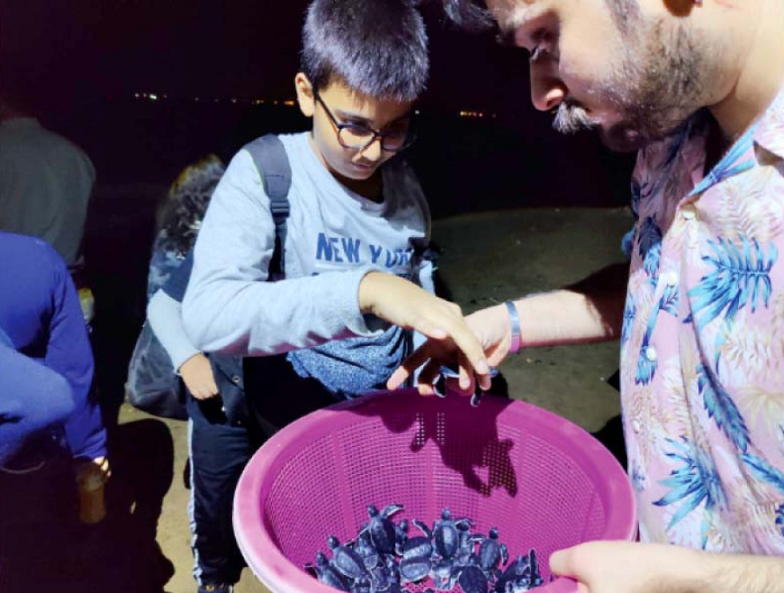
7. 1,370 Baby Turtles Released Into Sea This Year
KARACHI: The Sindh Wildlife Department released 400 baby green turtles into the sea, marking the beginning of their new life journey. This year, a total of 1,370 baby turtles have been released into the sea. The release took place at Turtle Beach, attended by fifth-grade students who were specially invited for this unique experience. The released baby turtles were just one or two days old.
Marine Turtle Conservation in-charge, Ashfaq Ali Memon, stated that during the sixth turtles release event, approximately 430 turtles embarked on their new journey for life. Memon further explained that they have collected 19,000 eggs so far this year. Female green turtles come to Hawke’s Bay and Sandpit in significant numbers to lay their eggs.
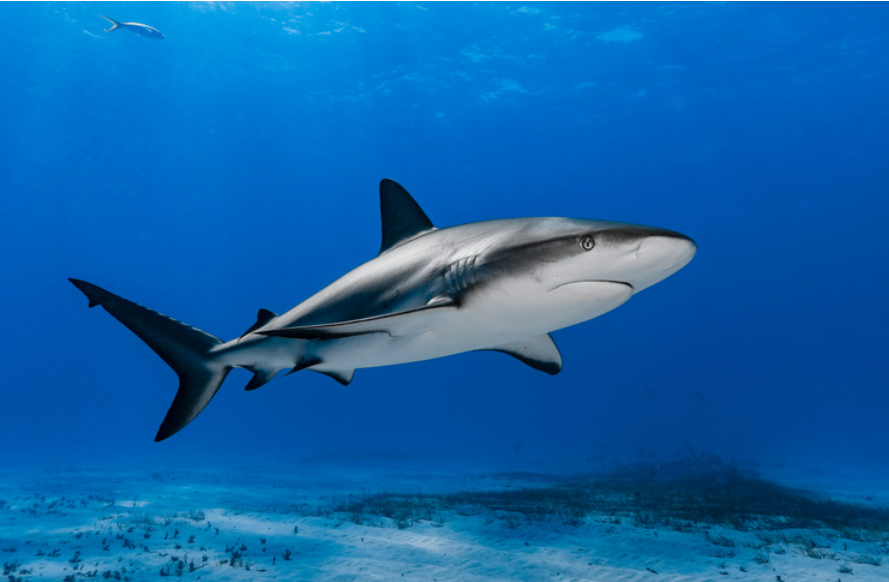
8. Sharks’ Slow Evolution Explains Low Cancer Rates
Sharks are crucial to ocean ecosystems but face threats from overfishing and the demand for shark products like fins and cartilage. Despite having the lowest cancer rates among vertebrates, their low genetic mutation rate hinders their ability to adapt to environmental changes. Mutations play a vital role in adapting to new conditions and enabling evolution. Sharks’ slow evolution may put them at risk as they struggle to adapt quickly to their changing environment.
While shark cartilage is not a cure for cancer, it has diverted attention from more effective treatments, putting further pressure on shark populations. A recent study by researchers from Monash University and other countries revealed that sharks’ low mutation rate is the reason behind their low cancer rates. This presents a challenge for their long-term survival in the face of ecological changes.
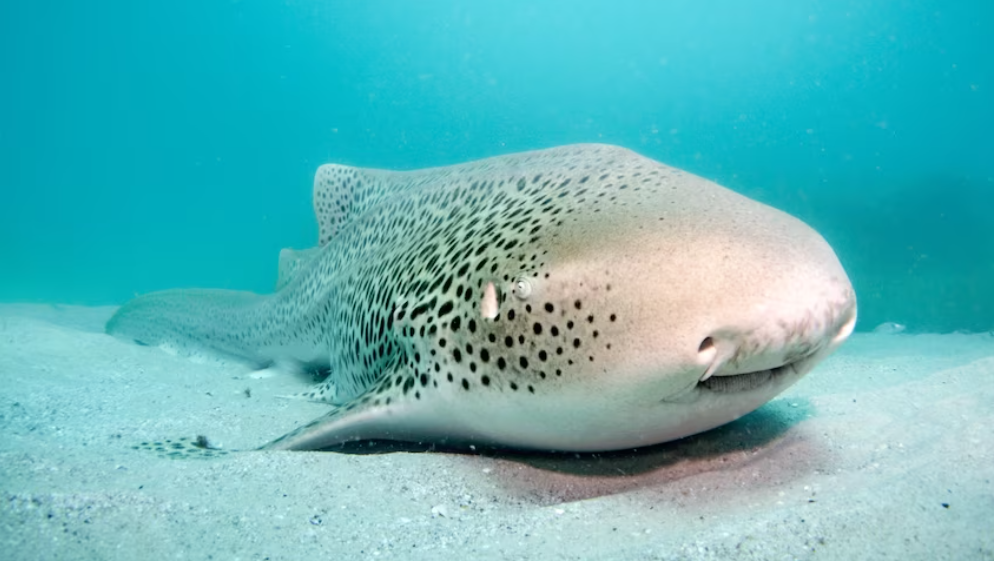
9. How a Sydney Aquarium Is Helping Endangered Zebra Sharks Bounce Back in Indonesia
Zebra sharks were once a common sight in the turquoise waters around Raja Ampat, a collection of Indonesian islands north of Australia. Widespread fishing in the 1990s and early 2000s, which targeted zebra sharks for their fins and meat, decimated the population there. A world-first project is underway to help these zebra sharks rebound. If successful, it could provide a model to help repair other marine ecosystems that have been devastated by humans.
The International Union for Conservation of Nature classifies the species as endangered and there are locations like Raja Ampat where they have almost entirely disappeared. To try to turn things around, a 19-country initiative called the Star Project, led by the ReShark organisation, is working on shark “rewilding” in the Raja Ampat waters. Rewilding involves the reintroduction of wildlife or other biodiversity to an area that has been harmed by human activity.

10. Amid Record Melting, Countries Fail Again to Protect Antarctic Waters
The 42nd annual meeting of the Commission for the Conservation of Antarctic Marine Living Resources (CCAMLR), the intergovernmental body charged with protecting marine life and managing fisheries in the Southern Ocean, took place Oct. 16-27 in Hobart, Australia, with 26 member countries and the European Union participating. Among other conservation measures, the commission reviewed and voted on proposals.
For the seventh year in a row, the international community has declined to establish new marine protected areas (MPAs) around Antarctica. Scientists, conservationists, and some governments have been pushing for greater protections, concerned that the melting of ice in Antarctica has reached alarming levels, jeopardizing the existence of several key animal species in the region. The stalemate comes even as a new threat to wildlife emerged in the region: the discovery last week that a virulent form of avian flu had reached Antarctic bird colonies.

11. Welsh Ban on Sale of Some Single-Use Plastic Items Comes Into Force
Several single-use plastic products have been banned from being sold across Wales as new legislation comes into force. The Welsh government said the ban would reduce the flow of plastic pollution into the environment by prohibiting the supply of certain products. The climate change minister, Julie James, said the ban built on the work of many communities across Wales who have already gone plastic-free.
“This is the first step in phasing out the need for unnecessary single-use plastic being used and sold in Wales,” she said. “We’re committed to eradicating single-use plastic, and our next phase will see the banning of plastic single-use carrier bags, polystyrene lids for cups and food containers, and products made of oxo-degradable plastic, which will come into force before the end of the Senedd term.
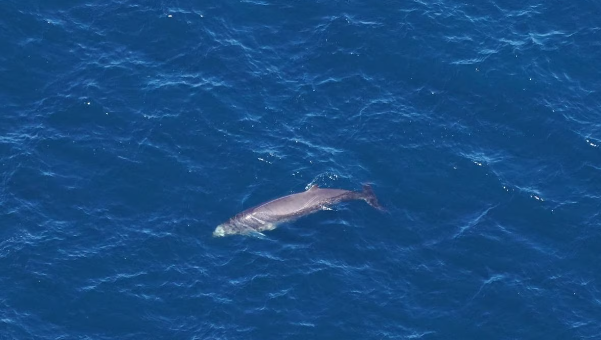
12. New England Aquarium Scientists Spot Endangered Sperm Whale, Calf in Water off Cape Cod
BOSTON — Scientists at the New England Aquarium are celebrating after they spotted an endangered sperm whale and calf in the biodiverse Northeast Canyons and Seamounts Marine National Monument. During a recent aerial survey, 19, scientists spotted something they hadn’t seen in 6 years, 324 marine animals during the five-hour flight. The 5,000-square-mile Monument, located about 130 miles east/southeast of Cape Cod, is the only marine national monument in the U.S. Atlantic Ocean.
The team also spotted 117 bottlenose dolphins, four fin whales, 27 Risso’s dolphins, two humpback whales, 15 ocean sunfish, 150 common dolphins, one True’s beaked whale, four unidentified beaked whales, and three sperm whales—including the adult and calf pair. The New England Aquarium plays a crucial role in the Monument and since 2016 the New England Aquarium has flown 16 aerial surveys over the Monument, “documenting remarkable marine mammal biodiversity.”
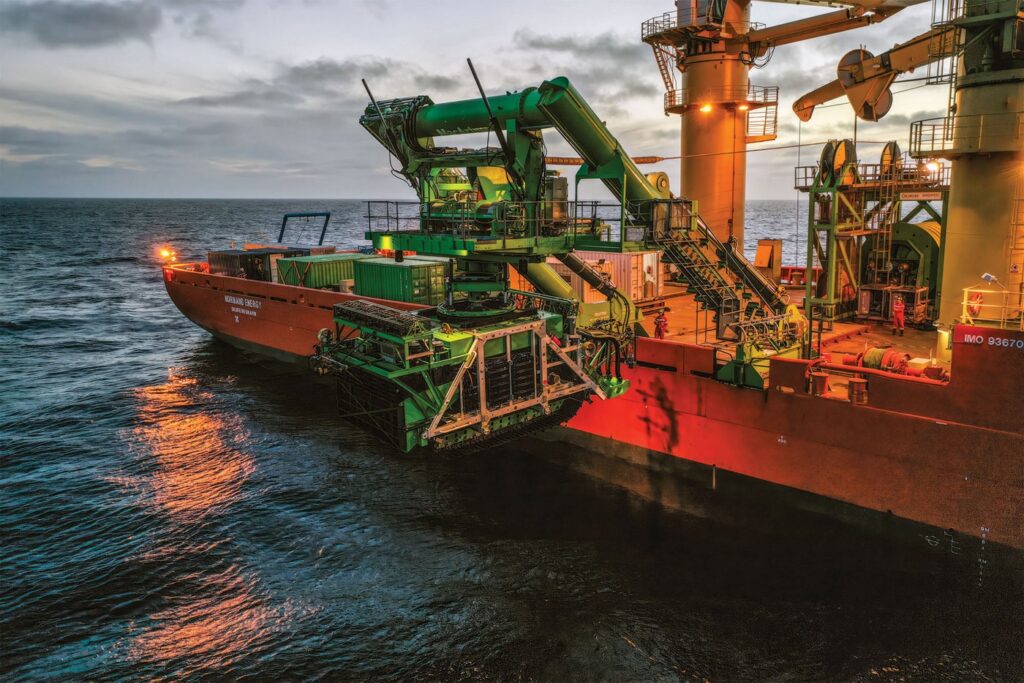
13. UK Backs Deep Sea Mining Ban to Safeguard Marine Life
The UK government announced its support for measures designed to protect the world’s oceans and improve the conservation of marine biodiversity. Ahead of International Seabed Authority (ISA) negotiations starting today, and a month ahead of COP28, the UK government has announced its support for a moratorium on the granting of exploitation licences for deep sea mining projects – which involve the extraction of minerals such as precious metals, copper and cobalt – by the ISA.
This means the UK will not sponsor or support the issuing of any such licences until sufficient scientific evidence is available to assess the potential impact of deep-sea mining activities on marine ecosystems and strong, enforceable environmental regulations, standards, and guidelines have been developed and adopted by the ISA. To read about measures set out to further demonstrate the UK’s commitment towards ocean conservation and protection, click on the link below.
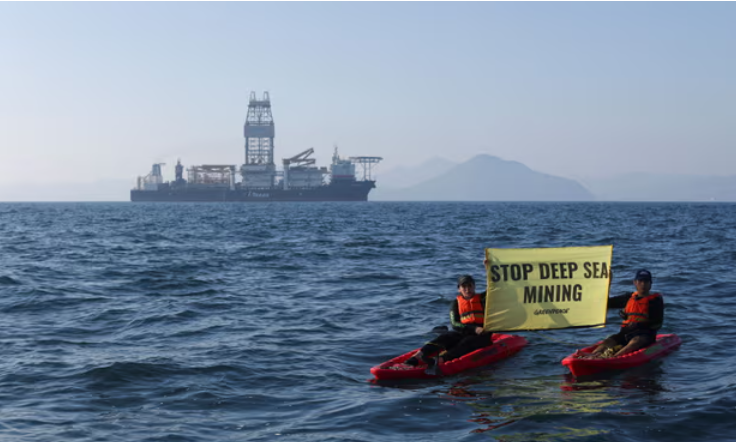
14. UK Backs Suspension of Deep-Sea Mining in Environmental U-Turn
The UK government announced it would back a temporary suspension on supporting or sponsoring any exploitation licences to mine metals from the sea floor until enough scientific evidence was available to understand the impact on ecosystems. Last month, dozens of scientists warned the prime minister, Rishi Sunak, that allowing industrial-scale exploitation of the seabed could have grave consequences, both for marine life and for the ability of the ocean – one of the planet’s greatest carbon sinks – to absorb carbon dioxide.
Until now the UK has stopped short of backing a moratorium. The change of heart puts it on a growing list of at least 20 countries, calling for a pause on supporting exploration licences, at least until the environmental effects of seabed exploitation are better understood. Even several car manufacturers have pledged not to use deep-sea minerals in vehicles.
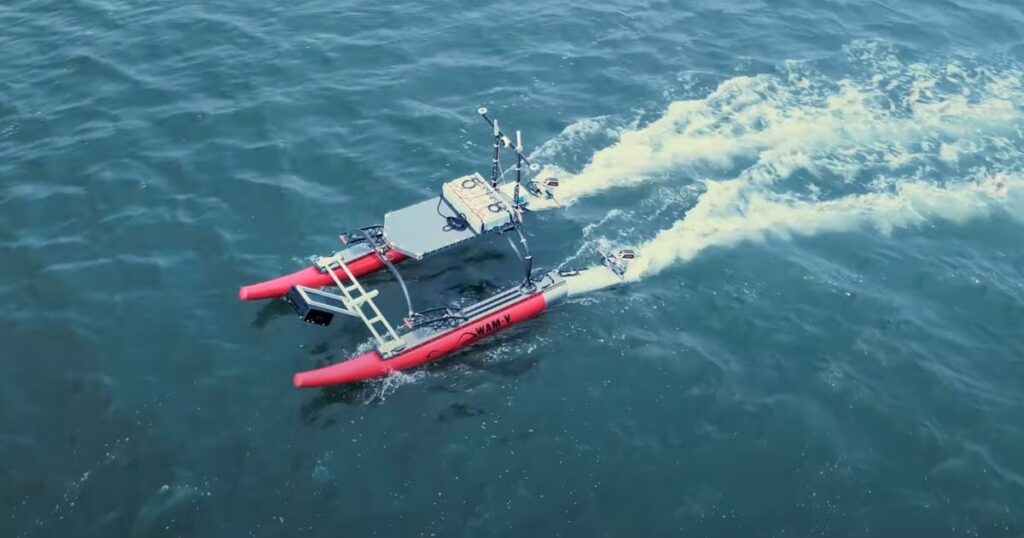
15. Ocean Power Technologies Secures Contract to Combat Illegal Fishing With Uncrewed Technology
Ocean Power Technologies has been awarded a contract in partnership with WildAid and Caribbean Law Enforcement partners. The objective of this collaboration is to protect essential marine species and address the issues of illegal, unreported, and unregulated (IUU) fishing activities in critical marine habitats. As part of the initiative, OPT will provide WildAid and their Caribbean Law Enforcement partners with a state-of-the-art OPT WAM-V 16 Uncrewed Surface Vessel.
This vessel will be equipped with an integrated quadcopter aerial drone, which leverages advanced technology to enhance surveillance and conservation efforts. The OPT WAM-V 16 Uncrewed Surface Vessel, equipped with the aerial drone, will play a crucial role in marine protection. It will empower law enforcement agencies and conservation organizations to monitor and safeguard marine life from illegal harvesting activities. This proactive approach ensures the sustainability of critical marine ecosystems.
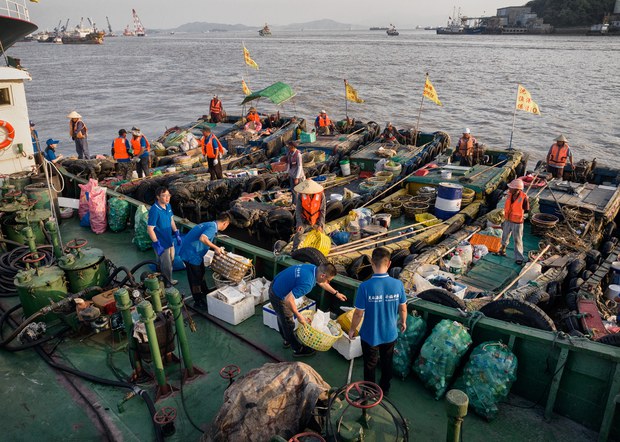
16. Filipina Mayor, Chinese Recycler Among Top UN Environmental Honorees
A Filipina city mayor and a Chinese social enterprise have been named among the 2023 Champions of the Earth award winners for their innovative efforts in combating plastic pollution, the United Nations Environment Programme said Monday. Globally, mishandled plastics are a significant contributor to the worsening climate crisis. The world produces an average of 430 million tons of plastic annually, two-thirds of which is used briefly for items like chocolate wrappers, chip packets, and plastic utensils.
Plastic makes up 85% of marine litter worldwide, with about 23 million metric tons of plastic waste entering aquatic ecosystems, contaminating lakes, rivers, and oceans annually. Research suggests that if current trends continue, there could be more plastic by weight than fish in the oceans by 2050. Existing technologies offer the potential to achieve an 80% reduction in plastic leakage into the ocean by 2040, according to researchers.
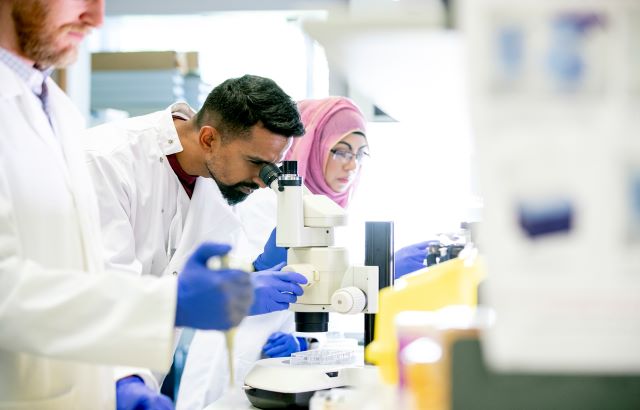
17. Trailblazing Microplastics Project Explores Health Implications of Pollution
Queen Mary University of London is partnering with the Water Research Centre (WRc) on a pioneering new knowledge transfer research project to examine the impact of microplastics on human health. The 24-month Knowledge Transfer Partnership project is funded jointly by WRc and Innovate UK. It will be a crucial forerunner to the regulatory powers needed to tackle plastic’s presence in our food and drinking water.
Dr. Vahitha Abdul Salam, lead researcher from William Harvey Research Institute, Queen Mary University of London, comments: “In partnership with WRc, the project offers an exciting opportunity to transfer knowledge and relevant skills to develop a comprehensive microplastic risk assessment tool that will deliver far-reaching impacts in identifying microplastic effect on human health, supporting water quality controls and guiding plastic and recycling manufacturers to safeguarding public health.”
Click the link below to view the other researchers’ comments on this project.
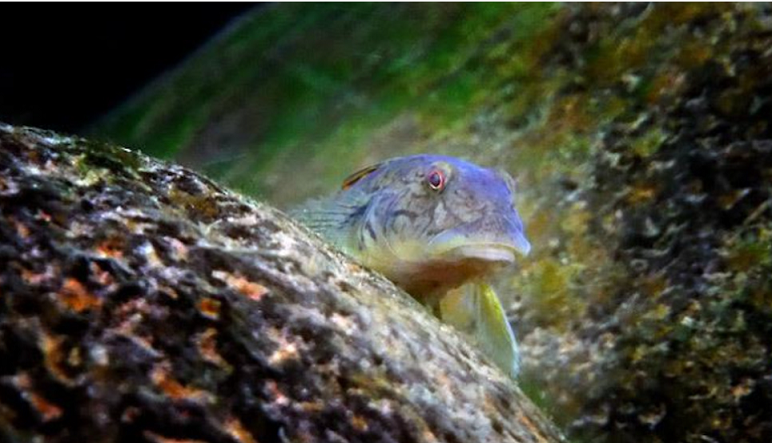
18. Waterfall-Climbing Fish Need to Reach Ocean, UH Researchers Say
Research out of the University of Hawaiʻi at Mānoa is highlighting the importance of the ma uka (mountain) to ma kai (ocean) approach to the stewardship of Hawaiʻi’s natural and cultural resources.
The research focused on ʻoʻopu nākea, a type of goby fish found only in Hawaiʻi. ʻOʻopu nākea spends the larval part of its life in the ocean before returning to the freshwater streams to complete adulthood. It is also one of five freshwater fishes endemic to Hawaiʻi with fused pelvic fins that act as a suction cup to help climb waterfalls as they migrate upstream.
The study, “Understanding Amphidromy in Hawai‘i: ‘O‘opu nākea (Awaous stamineus),” was published in the Journal of Fish Biology, and although the findings were positive, they still highlight the importance of preserving Hawaiʻi’s freshwater streams and bodies of water.
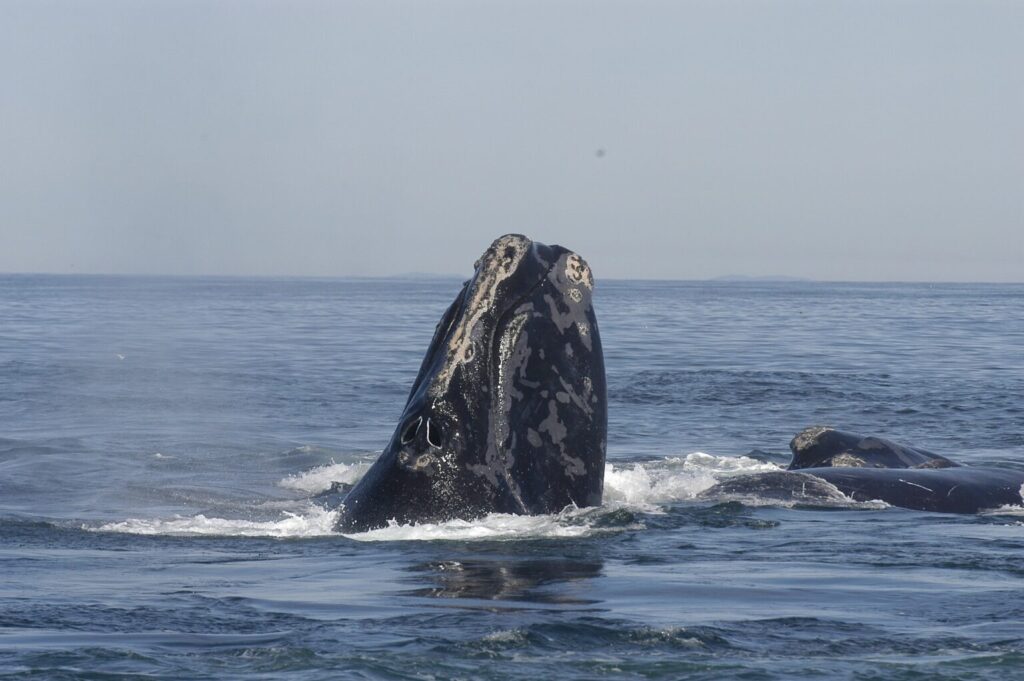
19. Mandatory Speed Limits Proposed for the Gulf of Maine to Protect North Atlantic Right Whale
There are an estimated 356 North Atlantic right whales in existence, according to the latest numbers released by the North Atlantic Right Whale Consortium. Along with fishing gear entanglements, vessel strikes are a leading cause of death and current regulations are not doing enough to stop boats from speeding, according to a report released this month from ocean conservation group Oceana, putting the endangered population at continued risk.
Fishing gear entanglements currently account for 82 percent of documented right whale mortalities and vessel strikes cause the other 18 percent. In the past six years, there have been 16 documented vessel strikes with right whales in the U.S. and Canada that led to death, serious injury, or sublethal injuries. While there are ongoing efforts to regulate and adapt fishing gear, vessel strikes can be more quickly prevented with updated policy.

20. Giant Artificial ‘Bird Nests’ Are Being Built in the Ocean — and They Could Solve a Strange-but-Critical Issue
Danish wind farm company Ørsted has built three massive artificial bird nests off the coast of the United Kingdom with contractor Red7Marine. The structures are intended to help support the populations of kittiwake, a seabird species that may be impacted by the company’s nearby wind farm. What are artificial bird nests? Ørsted’s nests were built approximately 0.6 miles (one kilometer) off the shore of Suffolk on Great Britain’s eastern coast.
Each one is an octagonal structure designed to house about 500 individual nests, raised above sea level on a large pole, according to Electrek. The interior of the building features a whiteboard, chairs, and tables for researchers to record information about their studies of the birds. Sliding Perspex panels let the researchers observe the nests without being seen by their occupants. Click the link below to get “the rest of the story”!
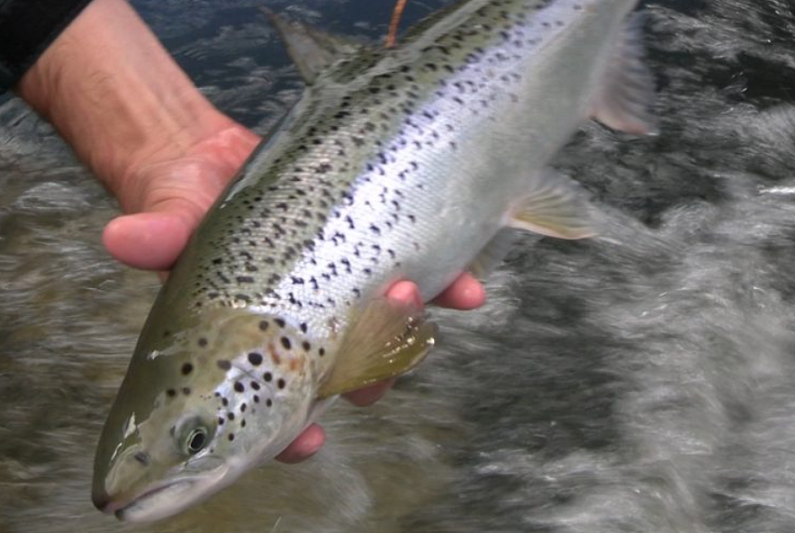
21. Hundreds of Salmon Released Into Petitcodiac Watershed to Restore Endangered Population
An Indigenous-led group released more than 800 mature Atlantic salmon into the Petitcodiac watershed during a single week in October as part of efforts to rescue the migratory fish from extinction. Amlamgog First Nation launched its habitat recovery program in 1993 in the wake of a widespread regional collapse of Atlantic salmon, a species known in Mi’kmaq as plamu.
According to official estimates, their numbers fell from 40,000 a half-century ago to fewer than 250 by the turn of the millennium. The wild population is now seeing its numbers rebound for the first time in decades following efforts known as the Fundy Salmon Recovery project, which brings together Amlamgog with partners from several branches of government, along with the University of New Brunswick and industry.
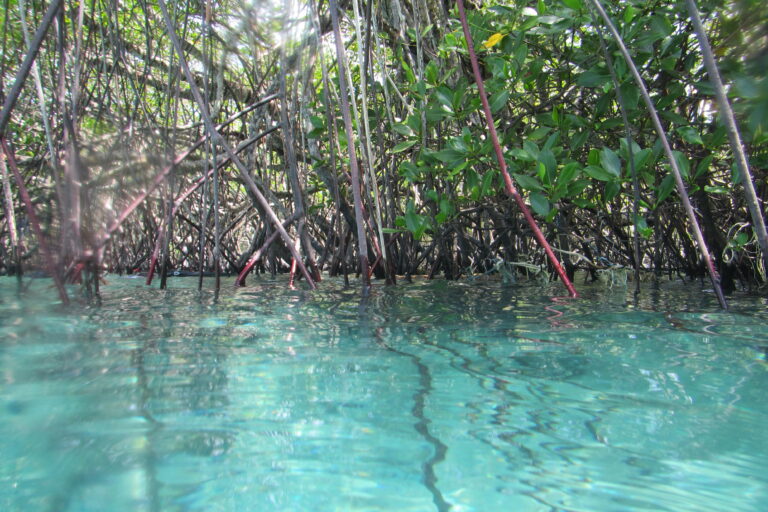
22. Mangrove Hotspots Discovered in Indo-West Pacific Region
Recent research has unveiled that the expansive Indo-West Pacific region boasts two separate, distinct mangrove biodiversity hotspots. These newly identified regions are not just repositories of unique biodiversity, but also critical bastions in the fight against climate change, serving as significant carbon sinks.
Furthermore, mangroves are vital for coastline protection, safeguarding human settlements against the fury of the sea and supporting a diverse range of marine species. With these revelations, there’s a renewed call for bespoke conservation strategies, targeting the unique challenges faced by each of these mangrove communities, ensuring they thrive for generations.

23. Evaluating Hong Kong’s Single-Use Plastic Ban
Hong Kong has taken a commendable step in environmental conservation by implementing a ban on single-use plastic tableware. However, as with all such measures, its real impact on waste reduction is now a topic of evaluation. The city’s drive against environmental degradation is clear, but the tangible effects of the ban remain to be observed.
Effectiveness will not just be determined by stringent regulations, but also by how well it’s enforced and embraced by the public. Furthermore, continuous education and awareness campaigns are paramount to ensure the initiative reaches its full potential.

24. Marine Debris: A Gateway for Invasive Species
In a concerning revelation, a recent study has highlighted the amplified risk of invasive species colonization as a result of proliferating marine debris. Oceans, already grappling with the weight of human waste, are seeing these debris transform into unintended vessels, ferrying non-native species to new marine habitats.
Such colonization doesn’t just disturb the marine equilibrium but poses a significant threat by potentially outcompeting or even endangering native species. As marine debris continues to escalate, understanding its broader ecological implications and devising strategies to mitigate its effects is of paramount importance.
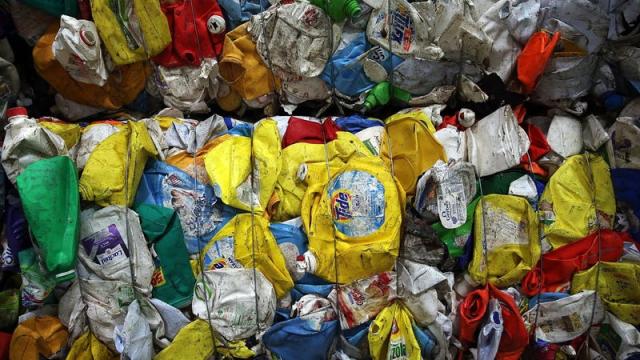
25. Democrats Unveil Robust Plan to Address Climate Crisis
In a groundbreaking move, the Democratic Party has rolled out what is being lauded as the most comprehensive plan ever to combat the escalating climate crisis. This ambitious strategy encompasses a wide array of initiatives, from drastic carbon emission reductions to championing renewable energy sources. The plan underscores the urgent need to act, aiming to align the U.S. with global efforts to prevent catastrophic temperature rises.
Not only does it address immediate concerns, but it also lays a foundation for sustainable practices in the future, emphasizing a long-term vision. Critics, while recognizing the plan’s depth, also caution about the challenges of its implementation. Nonetheless, it’s a significant step forward, signaling a renewed commitment to environmental stewardship.




